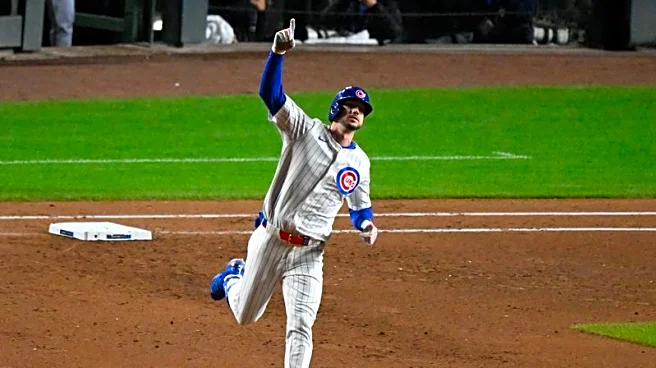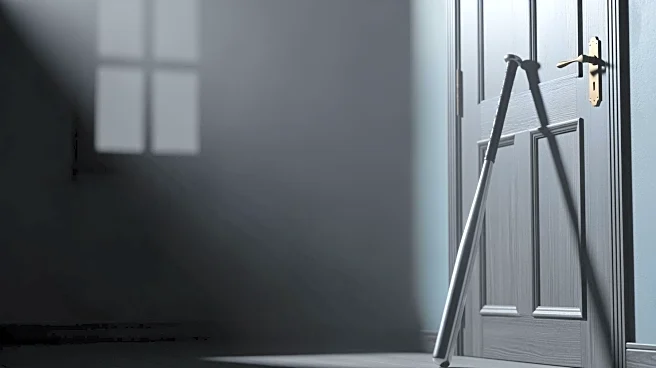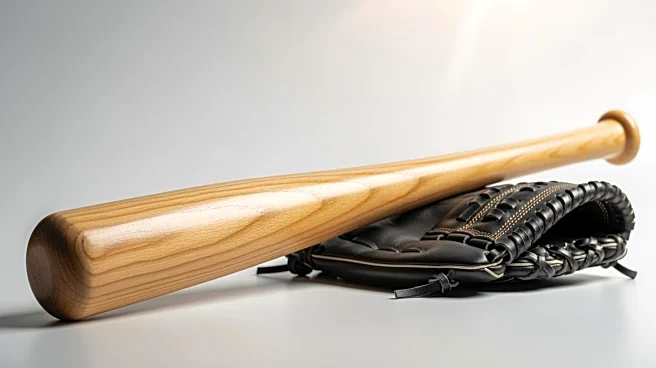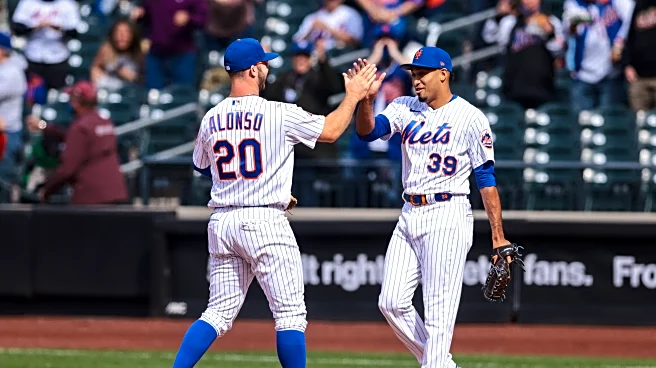When the offseason started on the night of October 2nd, many of the true sickos in Red Sox Nation began looking ahead to 2026 to figure out how to fix a roster that mustered just six runs in a three-game
series against the Yankees and struck out 13 times while being shutout in an elimination game to end the season. With Alex Bregman opting out and Rafael Devers not walking through that door, which two high-impact bats would take their place, if not Bregman himself? And how do we prevent a September call-up from pitching a decisive Game 3 next season?
With the help of the essential Google Sheet from @redsoxpayroll on Twitter, we can estimate, to the best of our abilities, where the Red Sox payroll is going to be at the start of free agency and how much room they have before the start of the season.
At this exact moment, after the opt-outs of Alex Bregman, Lucas Giolito, and Liam Hendriks, as well as the opt-in of Trevor Story, the Red Sox sit at a payroll of $218.8M. It is a near certainty that the team will non-tender Nathaniel Lowe, whose arbitration estimate is $13.5M, which will bring them down to $205.3M.
Wait, the Red Sox are already past 200 million dollars? They haven’t signed anybody yet! They need to bring in three impact players to be a contender next year! How the hell did this happen!? Well, here’s a list:
- Garrett Crochet’s extension kicks in: $3.8M -> $28M
- Roman Anthony’s extension kicks in: $0.5M -> $16.25M
- Masataka Yoshida is still being paid $18M, and will be in 2027 as well.
- Rafael Devers’ “underwater contract” of $29M was replaced with Jordan Hicks’ $12M salary, which runs through 2027. This is an actual sentence.
With a Competitive Balance Tax (CBT) kicking in at $244M in 2026, Boston would be $38.7M away from that threshold, which they will presumably be willing to go beyond for the second consecutive year. In terms of penalties, the Red Sox will be taxed 20% on each dollar spent over the 2025 tax, a figure that has yet to be confirmed. In 2026, the second consecutive year beyond the CBT, they will be taxed 30%. All of these exciting tax details can be found here.
The second threshold kicks in when the team goes beyond $264M. Passing that threshold not only comes with the 30% tax, but also incurs an additional 12% surcharge. This is the range, of course, where the Red Sox should be spending, and they can operate with a payroll of as much as $284M before reaching the third threshold. But, will they? That’s a different story.
“It’s the Boston Red Sox, stop making excuses and spend like the Boston Red Sox.” After being in the top five in payroll for the entire century, and even having the top payroll in MLB in 2018 and 2019, the Sox haven’t come close to spending with the biggest of big boys since. In February of 2020, the team traded Mookie Betts, and in the six years since (per Spotrac) have run payrolls that ranked 8th, 6th, 5th, 12th, 12th, and 7th. Their Opening Day payrolls have been even worse. So, yes, the certain, without question, unequivocally (Bob Kraft voice) clear move here is for the team to start spending to their pre-Mookie ways. But I can’t plan for that to happen until I see it.
Additionally, there are the impending labor issues that most believe will lead to a lockout prior to the 2027 season. Will there be similar tax thresholds and penalties in the next agreement? Will teams that have gone over the tax in recent years be “reset” for a new agreement? Will there be a … salary cap!? The unknown may lead to some teams choosing a wait-and-see approach when committing money beyond 2026.
All of that being said, how could the Red Sox cut additional payroll prior to free agency? After Nathaniel Lowe, here are the rest of their arb-eligible players, alongside their MLB Trade Rumors estimated arbitration salaries:
Tanner Houck $4.0M
Kutter Crawford $2.8M
Romy Gonzalez $1.8M
Tristan Casas $1.7M
Connor Wong $1.6M
Brennan Bernardino $1.1M
Josh Winckowski $0.8M
Kutter, Romy, and Casas aren’t going anywhere, unless it’s by trade. Winckowski will probably be non-tendered, which would only save pennies. Bernardino or Wong could go either way, but you’d likely be replacing them with players of a similar salary. Because of this, Tanner Houck, who will likely miss all of 2026, seems like a possibility to be non-tendered. $4 million could be important for the team to bring in the impact players that they need for this season. Houck will only have one season remaining before hi hits free agency after the 2027 season, and with the amount of starting pitching depth the Red Sox suddenly have, I think he could be a surprise cut this offseason.
Removing Houck and Winckowski, the payroll would be around $200M, leaving the front office with $64M to spend before hitting the second threshold. Assuming that they’d want save $5M or so for in-season pickups or a trade or two at the deadline, they would probably not want to spend more than $60M. Add in the Rob Refsnyder $2M contract that I’d expect to see by the end of the month, and a couple of relief pitchers that they’ll take fliers on, and it’ll be closer to $55M remaining.
Some other ways to shed payroll include trading Yoshida and eating 50-75% of his salary. Would a team pay $9M per year for Masa? $5M? Another would be to include Jarren Duran ($7.7M) or Ceddanne Rafaela ($6.3M) in a trade for pitching. Wilyer Abreu is still a near-minimum salary player, so that would not save any money.
Depending on whether you look at Baseball America, Ben Clemens at Fangraphs, or Fangraphs crowd sourced estimates, the projected contracts of the top free agent hitters the Red Sox may pursue include:
Alex Bregman: $30-35M AAV (4-6 years)
Kyle Schwarber: $28-37M AAV (3-4 years)
Pete Alonso: $25-30M AAV (4-7 years)
If the Red Sox are somehow able to acquire two of the above players in free agency, then their #2 starting pitcher acquisition (a must) would have to come via trade, and for cheap. This, I believe, is why the Red Sox didn’t extend Lucas Giolito the $22M qualifying offer. They’re in a much different payroll place than they were a year ago, when they offered Nick Pivetta the QO.
Some names that are in that cheap #2 starting pitcher grouping include:
MacKenzie Gore: 2026 $4.7M (proj.), control through 2027.
Joe Ryan: 2026 $5.8M (proj.), control through 2027.
Freddy Peralta: 2026 $8M, FA after 2026.
While Joe Ryan makes the most sense from that group, I have trouble envisioning the Twins wanting three years of Jarren Duran in return as they enter a rebuild phase. They would probably want Abreu’s four years of control, or even Rafaela (6-7 years). Would three years of Duran and a pitching prospect be enough for the Brewers to trade one year of Freddy Peralta? Yup, that’s what I’m going with. Plus, the salaries match, so it makes my life easier for this exercise.
So here’s my soffseason prediction (in order of importance):
- Sign Alex Bregman, 5 years, $155M ($31M AAV). Add 3 years, $75M to the 2/$80M that he opted out of.
- Sign Pete Alonso: 5 years, $145M ($29M AAV).
- Trade Jarren Duran + Top-10 Prospect + Top-20 Prospect to MIL for Freddy Peralta (salaries nearly match).
- Trade Masataka Yoshida. Red Sox pay $12M, receiving team pays $6M for each of the final two years.
- Non-tender Tanner Houck ($4.0M), and Josh Winckowski ($0.8M).
- Re-sign Rob Refsnyder – 1 year, $2M.
- Encourage Jordan Hicks to retire.
Outside of Hicks, this can all be done while keeping the Sox under the $264 million second threshold for the luxury tax. Or, OR, and this may be controversial … they could just start being the Boston Red Sox again.
I’m interested to hear how our readers would want the Red Sox to spend this offseason if confined to a $60-65 million range for 2026. Leave your ideal offseason plan in the comments.













